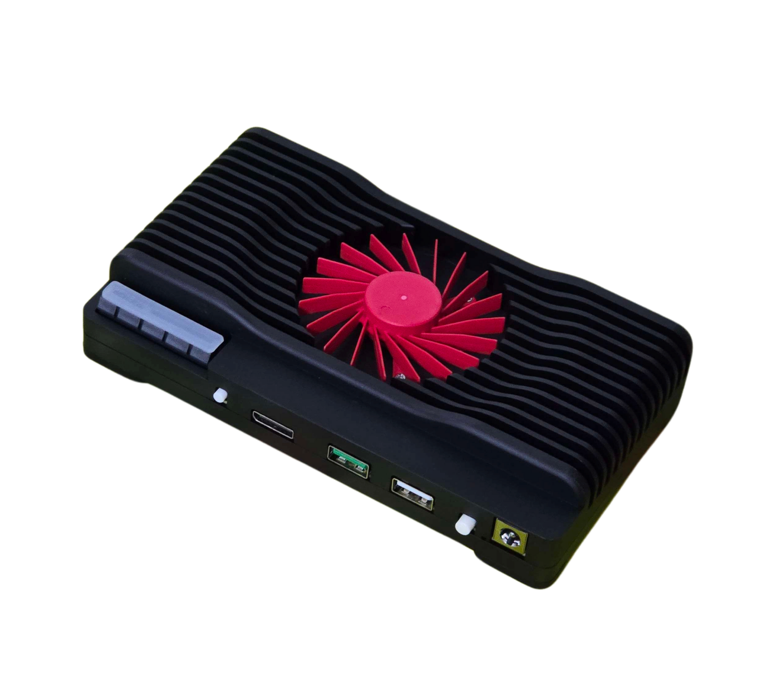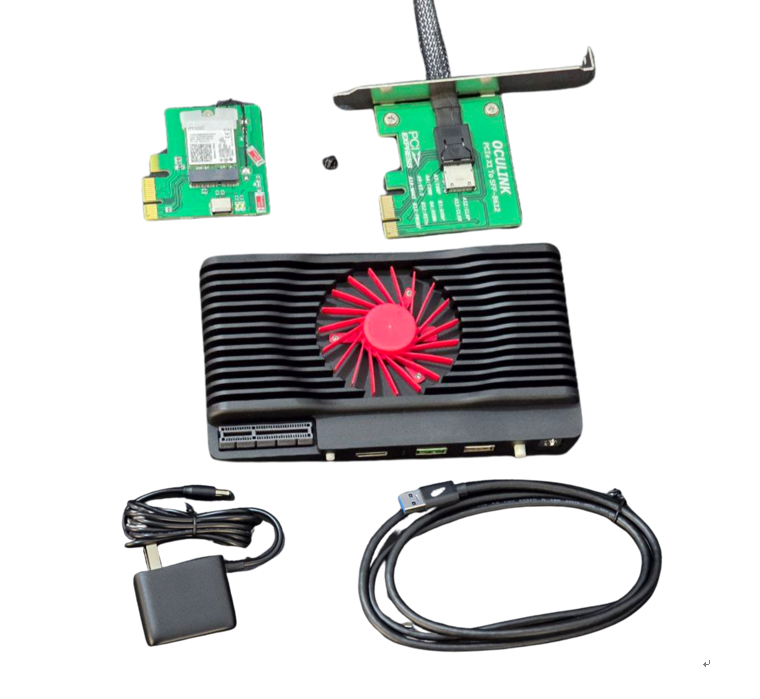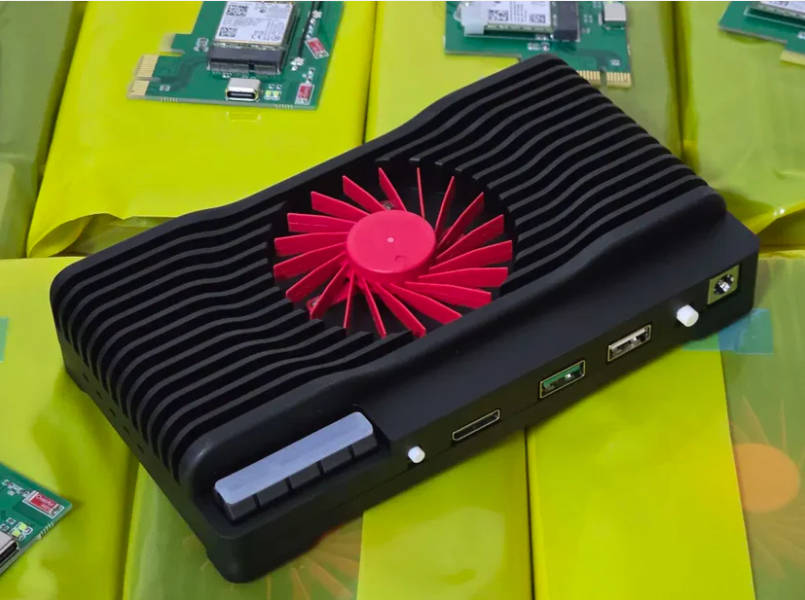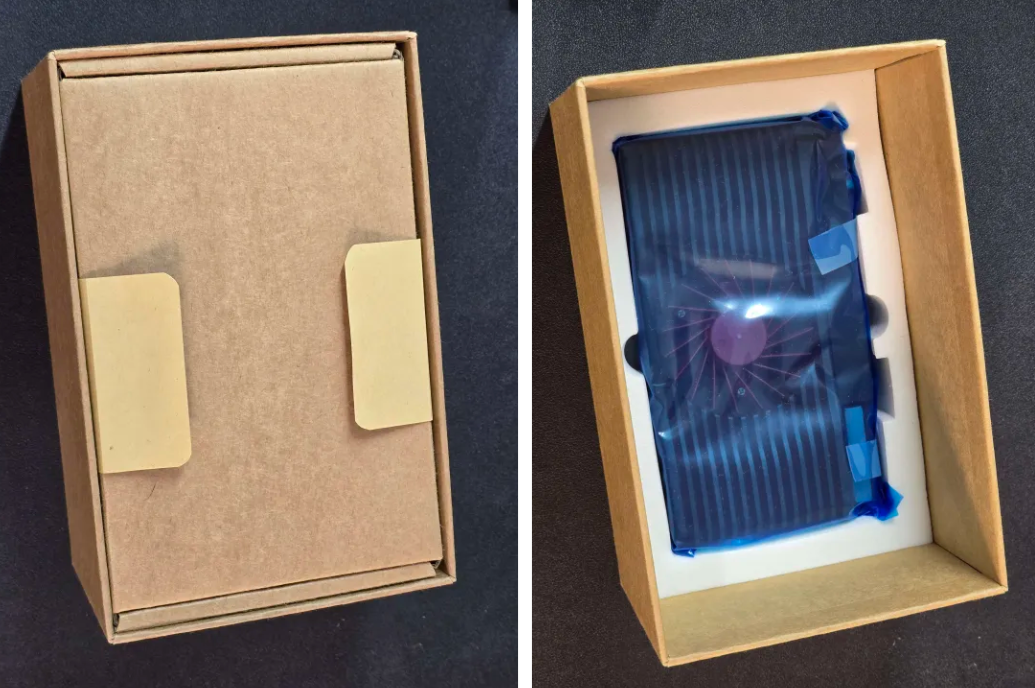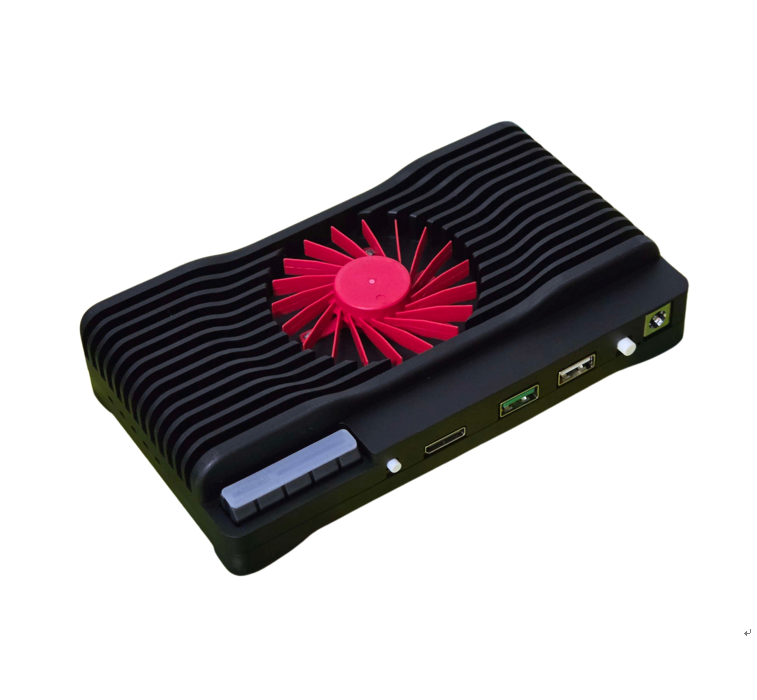HPTT: The Hybrid PCIe Trace Tool Backed by Full Technical Support and After-Sales Service —— Buy HPTT Now and Get a FREE DC500 4K Fuser
HPTT: The Hybrid PCIe Trace Tool Backed by Full Technical Support and After-Sales Service —— Buy HPTT Now and Get a FREE DC500 4K Fuser
Buy HPTT Now and Get a FREE DC500 4K Fuser – Limited Time Offer!
Exclusively available from the DICHEN Store at a unified global price, with full technical support and after-sales service included.
Product Overview
The Hybrid PCIe Trace Tool (HPTT) is a cutting-edge solution designed for advanced hardware security analysis. Inspired by HMTT (Hybrid Memory Trace Tool), HPTT overcomes HMTT’s performance bottlenecks by shifting from memory modules to the PCIe bus. It provides powerful and stealthy DMA (Direct Memory Access) capabilities, all while preserving full functionality of the PCIe device it disguises behind.
Key Innovations
Stealth DMA Hidden in Plain Sight
HPTT embeds DMA functionality behind legitimate PCIe devices. To the host system, it appears as a standard PCIe device (e.g., a wireless card), making DMA operations completely undetectable.
Full Device Functionality Preserved
The original PCIe device (such as an AX210 wireless network card) continues to function normally, allowing the user to maintain network access or other expected device behavior.
Xilinx GT Channel Integration
Built using Xilinx FPGA GT transceivers, HPTT supports PCIe Gen1/2 with stable and high-speed data transmission — fully compatible with most PCIe x1 devices.
Intelligent Channel Management
HPTT features a proprietary data link layer module that seamlessly merges and separates PCILeech DMA packets with regular device traffic — maintaining system stability and preventing conflicts.
How It Works?
1. A legitimate PCIe device is mounted on the HPTT hardware.
2. HPTT is inserted into a PCIe slot on the target computer.
3. The system only recognizes the mounted PCIe device — not HPTT or any DMA activity.
4. HPTT silently injects and extracts DMA traffic using PCILeech-compatible requests, without interfering with normal PCIe operation.
Compatibility
PCIe Device Support
| Device Type | Compatibility | Notes |
|---|---|---|
| Wi-Fi Network Cards | ✅ Full Support | Extensively tested with AX210 and similar chipsets |
| USB Controllers | ⚠️ Partial Support | Requires tailored firmware |
| Ethernet Controllers | ✅ Full Support | Most mainstream models work out-of-the-box |
| Sound Cards | ⚠️ Partial Support | May require firmware adjustments |
| Storage Controllers | ⚠️ Partial Support | Limited testing conducted |
Motherboard Compatibility
Tested on a wide range of ASUS and MSI motherboards (mid to high-end). Some combinations may require firmware fine-tuning for full compatibility.
Firmware & Customization
Device-Specific Firmware
Each HPTT unit is configured with firmware tailored to the specific PCIe sub-card model (e.g., AX210). Devices sharing the same chipset model are typically compatible with the same firmware.
Firmware Adaptation
Switching to a different PCIe device (e.g., from AX210 to USB controller) requires firmware reconfiguration. Unlike traditional DMA tools, HPTT does not simulate devices — it adapts internal logic to maintain channel compatibility and performance.
Key Features
* Stealth Mode – DMA activity is undetectable by the OS
* No Performance Loss – No impact on host system speed or stability
* Full PCIe Device Support – Retains complete device functionality
* PCIe Gen1/2 Ready – Xilinx GT channel integration for stable operation
* Modular Firmware – Tuned per-device, with ongoing compatibility expansion
* Advanced Hardware Security – Ideal for low-level system analysis, rootkit detection, and security audits
System Requirements
* A compatible motherboard with available PCIe x1 slot
* A supported PCIe device (e.g., AX210 wireless card)
* Corresponding HPTT firmware (provided upon purchase)
* [Optional] PCILeech or similar DMA tools for analysis
Getting Started
1、Power off and unplug your system
2、Mount the PCIe device onto the HPTT board
3、Insert HPTT into an available PCIe x1 slot
4、Power on and boot normally
5、Install standard drivers for your PCIe device (if needed)
6、Verify normal operation
7、Begin DMA operations using PCILeech
Safety Note
Always follow ESD protection procedures when handling electronic components.
💬 Frequently Asked Questions
Q1: What PCIe versions does HPTT support?
A: HPTT currently supports PCIe Gen1 and Gen2 x1 devices, utilizing Xilinx GT channels to implement the physical layer. Gen3 and higher are under development for future support.
Q2: Does HPTT support hot-plugging of PCIe devices?
A: No. HPTT is not designed for hot-plugging. All PCIe devices should be mounted and secured before system power-on to ensure stable operation and detection.
Q3: Can HPTT operate in virtualized environments (e.g., VMware, KVM, Hyper-V)?
A: Partial support is possible but not guaranteed. Since HPTT integrates on a low hardware level and depends on PCIe passthrough, virtual environments may introduce compatibility issues.
Q4: Is the mounted PCIe device’s function affected during DMA operations?
A: No. The mounted PCIe device retains its full original functionality. HPTT merges DMA requests without disrupting normal operation or altering the device behavior.
Q5: How is HPTT firmware updated?
A: Firmware updates are performed via a secure flashing interface. Updates are device-specific and require configuration matching the PCIe sub-card’s protocol.
Q6: Can HPTT be detected by PCIe traffic analyzers or protocol sniffers?
A: While basic system tools cannot detect HPTT, specialized low-level PCIe analyzers could potentially observe anomalous packet patterns. However, HPTT minimizes such traces using controlled channel merging and rate-limiting mechanisms.
Q7: Does HPTT support PCIe devices with integrated power delivery or auxiliary power?
A: Support for such devices is limited. HPTT is optimized for self-powered PCIe x1 devices, and compatibility may vary if the device requires external or motherboard power control.
Q8: What is the maximum DMA bandwidth achievable with HPTT?
A: On PCIe Gen2 x1 lanes, HPTT can theoretically support up to 500 MB/s, but real-world throughput depends on system conditions and concurrent sub-card traffic.
Q9: How secure is the firmware from reverse engineering?
A: HPTT firmware includes obfuscation and channel protection to deter unauthorized analysis. However, like any hardware-based tool, physical access could still pose security risks.
Q10: Can HPTT work without the PCILeech tool?
A: HPTT is optimized for PCILeech-based DMA payloads, but it can be adapted to work with other tools that support low-level PCIe memory access, given proper firmware configuration.
In stock
SKU:
Share
